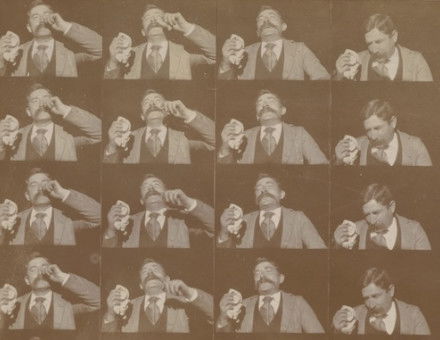Habsburgs Above the Salt
Rehabilitating the European dynasty
Excavations currently taking place at Hallstatt in Upper Austria are throwing new light on the salt-mining activities of pre-Roman Europe as well as challenging traditional views of its Celtic settlements in the region. Hallstatt derived from the Greek word for salt, the 'white gold' that gave the area its commercial significance as long ago as 1000 BC has given its name to a style of Celtic culture from 700-500 BC because of the remarkable finds made there in the course of nineteenth-century mining. Nearly a thousand graves were excavated over a twenty-year period after the initial discovery of a Celtic cemetery in 1846 by Johann Georg Ramsauer, manager of the Hallstatt salt-mine, These yielded a rich harvest of artefacts, many of them well-preserved by salt deposits.





